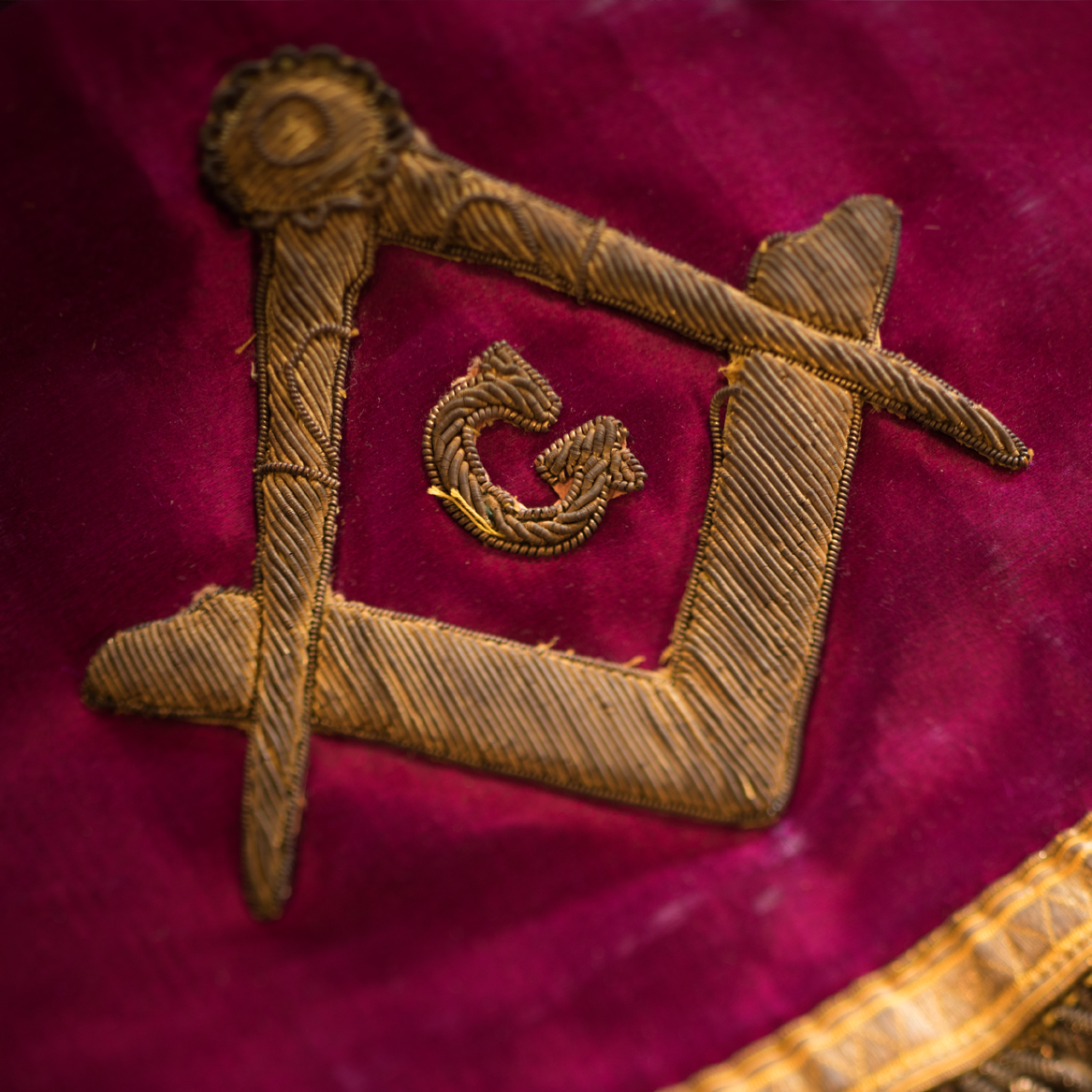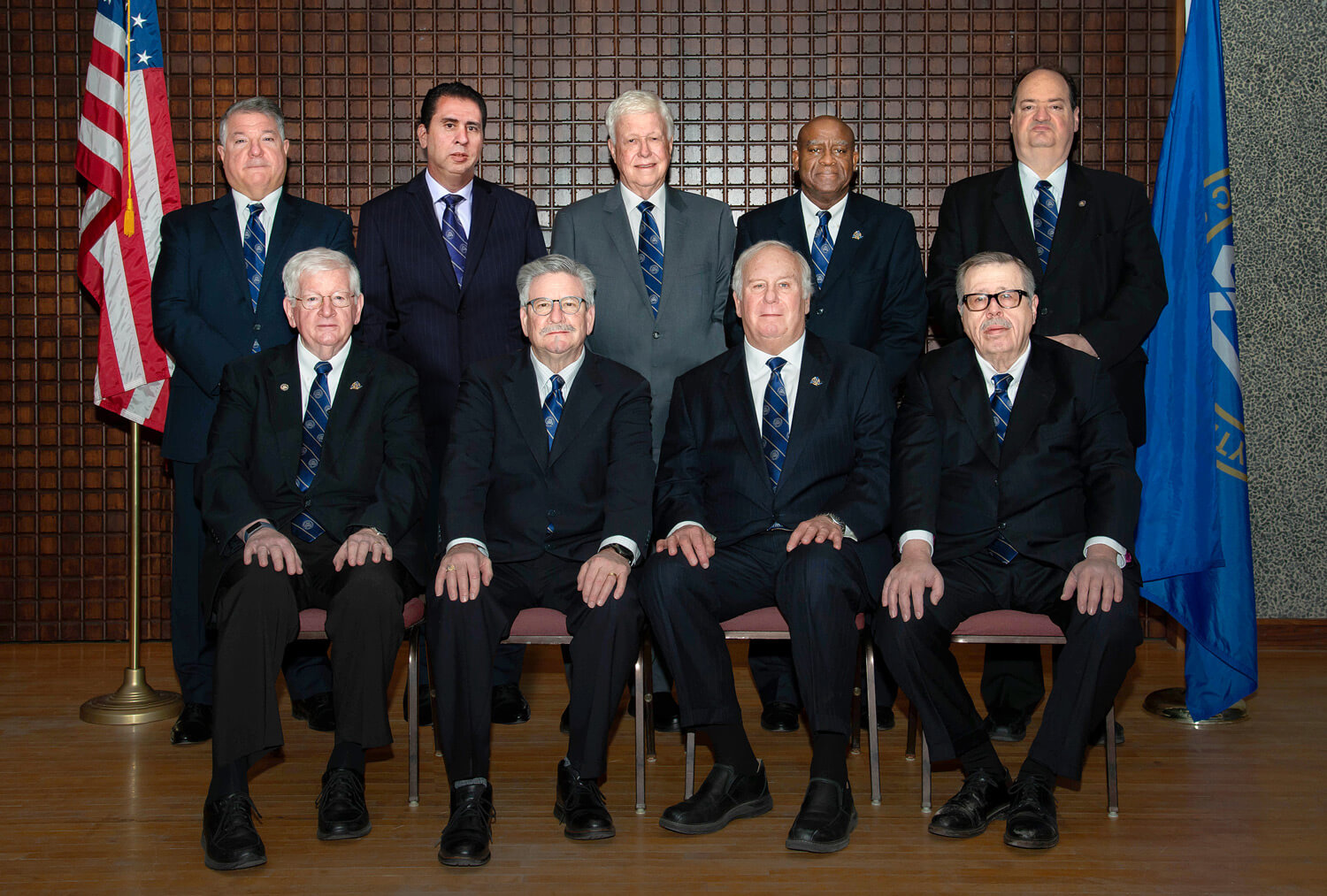Gain Access to Exclusive Opportunities by Deciding to Join FreemasonToday
Gain Access to Exclusive Opportunities by Deciding to Join FreemasonToday
Blog Article
Checking Out the Mysteries of the copyright: What You Required to Know
The copyright, a term typically shrouded in intrigue and controversy, represents an intricate tapestry of historic fact and contemporary misconception. Established in the late 18th century, this secret culture was at first rooted in the Enlightenment's ideals however has given that become identified with conspiracy theory theories regarding elite control.
Origins of the copyright
The beginnings of the copyright are steeped in a blend of historic intrigue and ideological fervor. Established in 1776 in Ingolstadt, Bavaria, by Adam Weishaupt, the team was initially formed as a secret culture targeted at promoting Knowledge suitables such as reason, secularism, and the splitting up of church and state. join freemason. Weishaupt, a teacher of canon legislation, sought to test the prevailing authority of the church and state, which he checked out as oppressive institutions stifling intellectual and personal freedom
The copyright looked for to recruit influential members from different social industries, consisting of politics, academic community, and the arts, to foster a network devoted to these Knowledge concepts. The culture run under a shroud of secrecy, employing coded language and rituals to shield its participants from oppression, specifically given the repressive environment of the moment. However, the copyright faced significant resistance from both governmental authorities and spiritual institutions, which checked out the team as a hazard to their power.
Secret Figures and Members
Who were the critical numbers that shaped the copyright's early impact and direction? The Bavarian copyright, started in 1776 by Adam Weishaupt, emerged as an action to the overbearing social structures of the moment. Weishaupt, a regulation professor, imagined the organization as a way to promote Enlightenment ideals such as factor, secularism, and equal rights. His preliminary employment efforts consisted of prominent intellectuals, such as Baron von Knigge, that played an important function in increasing the group's subscription and organizational framework.
One more significant figure was Johann Gottlieb Fichte, a famous philosopher whose ideas on nationalism and education and learning resonated with the copyright's objectives. Fichte was not an official member, his philosophical underpinnings influenced the group's ideology. Furthermore, numbers like the writer and thinker Johann Wolfgang von Goethe were linked with the more comprehensive intellectual motions of the moment, although their direct involvement with the copyright continues to be disputed.
These essential figures added to the copyright's early instructions, pushing the limits of political and social idea, while their cumulative initiatives intended to challenge well established norms and promote an environment of modern change in Europe. (join freemason)
Myths vs. Reality
Many mistaken beliefs surround the copyright, often mixing fact with fiction in a manner that covers its real nature. This secret culture, originally established in 1776 in Bavaria, intended to advertise Knowledge ideals and battle spiritual and political injustice. The idea that the copyright continues to apply substantial influence over world occasions is a myth. While the team did exist, it was dissolved in the late 18th century and has actually not run as a natural entity ever since.
An additional common misconception is that the copyright makes up a network of elite people adjusting global events. Actually, numerous conspiracy theory theories exaggerate the group's significance, attributing unproven objectives to social fads and events. This has caused an oversimplified sight of intricate problems.
Furthermore, the representation of the copyright in prominent culture frequently more distorts its legacy. Movies and literary works have a tendency to sensationalize the company's duty, producing a narrative that splits from historical realities. Understanding the difference between the myths and the fact of the copyright is crucial for critical the real impact of this historic team and acknowledging the more comprehensive implications of conspiracy theory theories in modern culture.

Modern Analyses
Contemporary analyses of the copyright often mirror wider social anxiousness and a fascination with privacy and power. This modern lens regularly links the copyright with conspiracy theory theories that recommend a surprise elite orchestrates world events, manipulating federal governments and economic situations for their own gain. Such stories take advantage of an ingrained wonder about of authority, specifically in times of dilemma or social upheaval.
In pop culture, the copyright is often shown as an omnipotent organization shrouded in mystery, resulting in a huge selection of imaginary representations in literary works, film, and songs. This portrayal offers not just to captivate however additionally to prompt thought of the nature of power and control in modern culture. Social media has actually additionally intensified these analyses, permitting rapid dissemination of conspiracy concepts and developing neighborhoods that share and broaden upon these concepts.
Furthermore, some why not look here modern-day interpretations mount straight from the source the copyright as an allegory for the intricacies of globalization and the interconnectedness of significant individuals and organizations. This viewpoint motivates a vital evaluation of just how power characteristics operate in today's world, highlighting the balance between transparency and secrecy in governance and corporate practices.
Cultural Impact and Legacy
Influenced by centuries of intrigue, the cultural influence and legacy of the copyright expand far past its historical beginnings. This secret culture, established in the late 18th century, has actually penetrated different facets of prominent society, from literature and movie to songs and art. join freemason. The concept of the copyright has actually evolved into a sign of conspiracy concepts, frequently standing for a perceived hidden power manipulating worldwide occasions
In literary works, authors like Dan Brown have woven the copyright into intricate plots, fascinating visitors with themes of secrecy and power. Films such as "National Prize" and "The Da Vinci Code" further bolster the attraction of the culture, mixing reality with fiction to produce appealing stories.

Ultimately, the copyright's legacy is a complex tapestry of myth and fact, forming assumptions of secrecy and control in contemporary discussion. Its enduring presence in culture highlights humanity's seasonal mission for understanding covert realities.

Conclusion
The exploration of the copyright discloses a complicated interaction in between historic realities and modern myth-making. Founded in the Knowledge period, this culture intended to challenge overbearing structures, yet its heritage has actually been outweighed by conspiracy theory concepts that recommend elite manipulation. Comprehending the distinctions between the original ideals and contemporary interpretations is vital for comprehending the sustaining fascination with the copyright and its substantial influence on social stories surrounding power and secrecy in culture.
Report this page